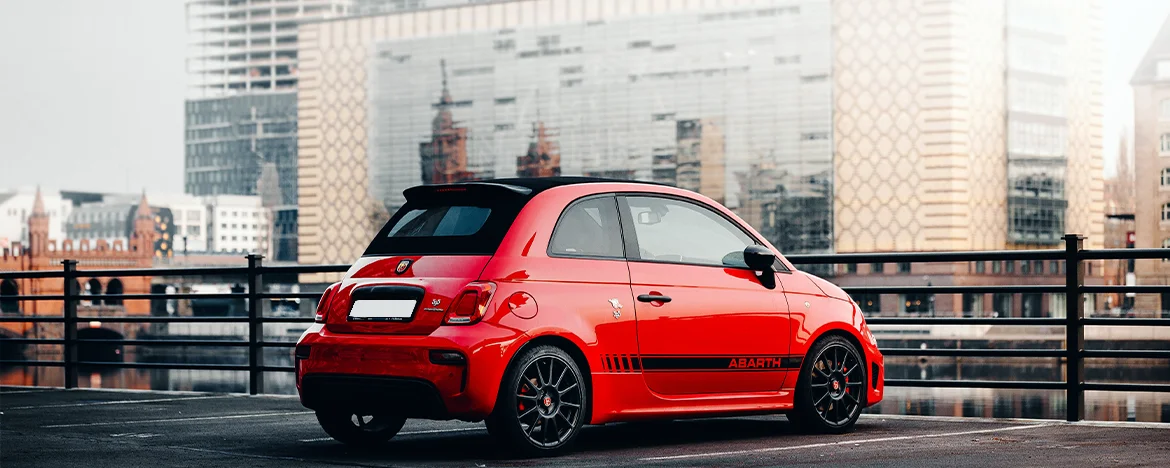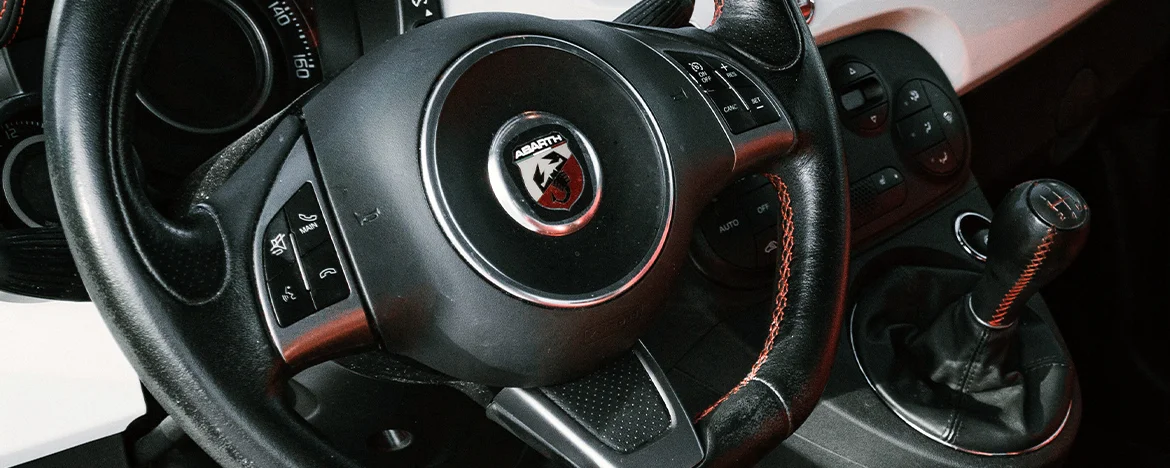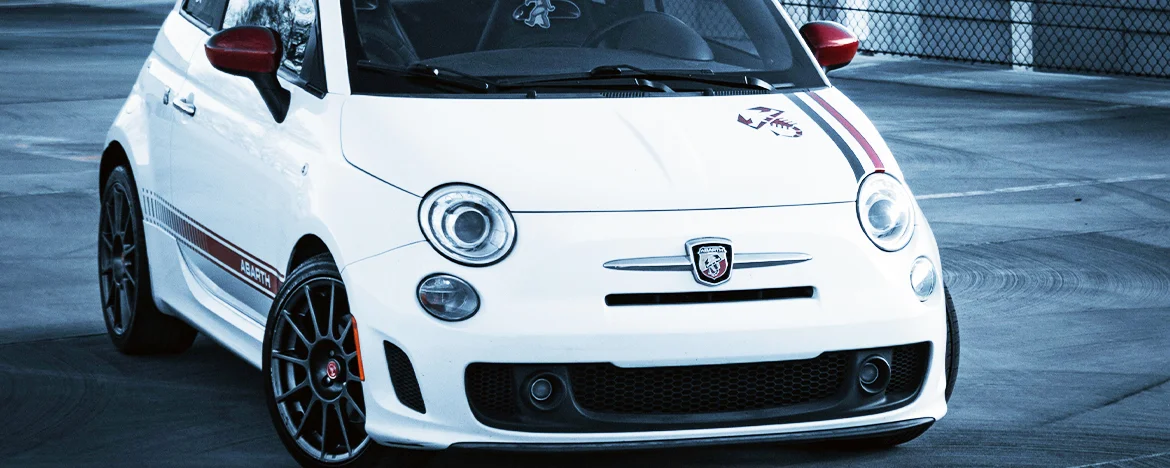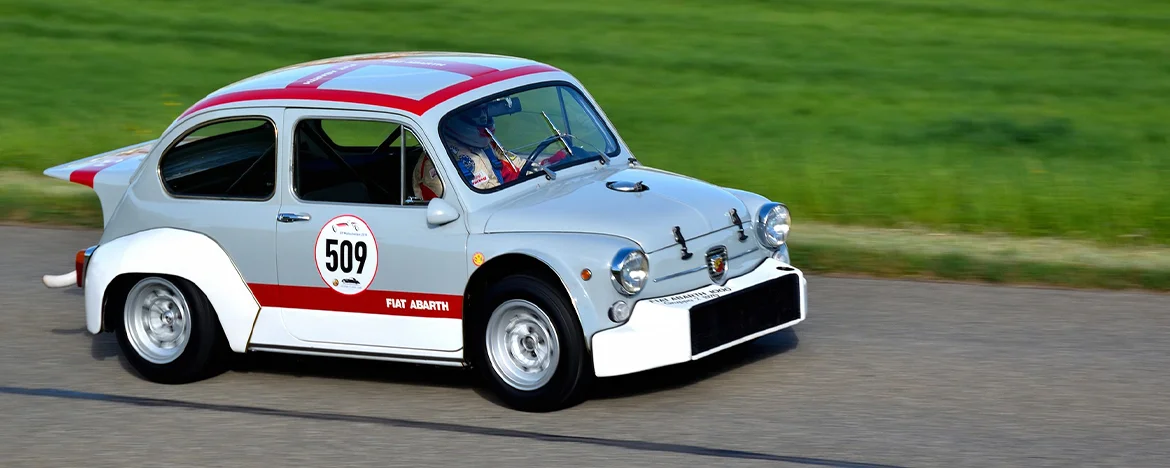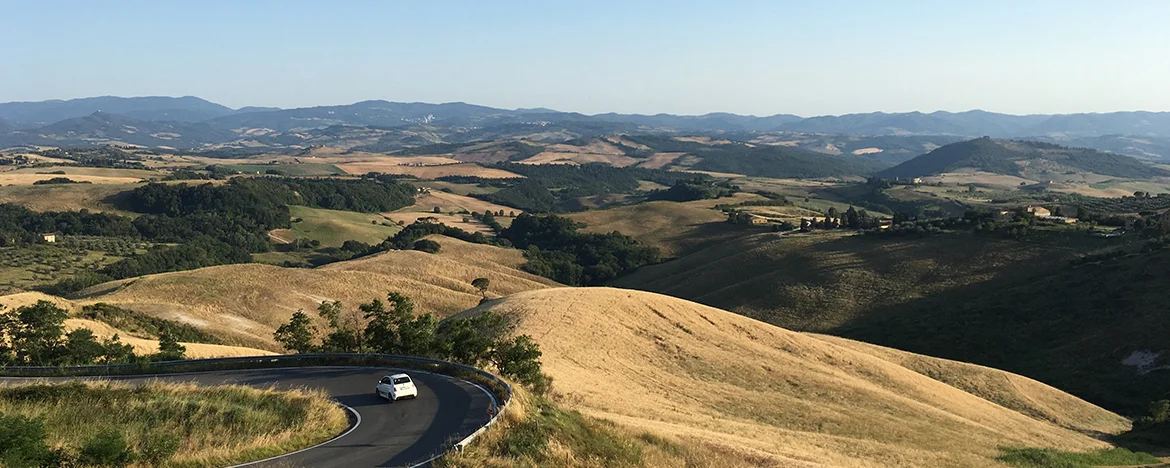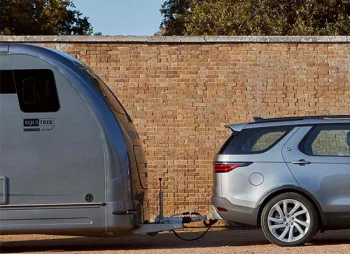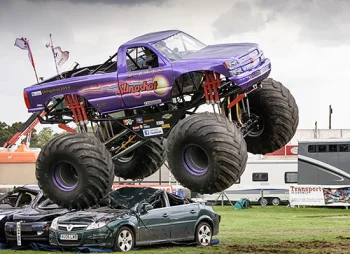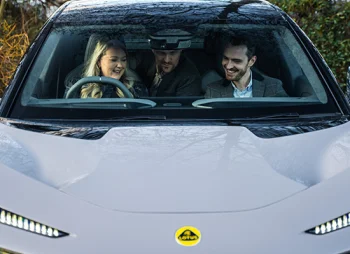Abarth and Fiat: a match made in heaven?
1958 saw the beginnings of Abarth expanding into constructing its own models. Abarth signed a deal with Fiat which allowed it to take delivery of semi-completed car bodies. The company could then use these to add their own custom components, turning a basic Fiat car into a sporty Abarth.
Fiat had, at that point, just released the first variation of the now iconic Fiat 500, leaning into the post-war demand for a basic, inexpensive city car. Abarth now took the base of the Fiat 500 and turned it into the Abarth 595, 595 SS, and 695 SS - all ancestors of the cars still in Abarth's line-up today.
By this point, Abarth had become a stalwart among younger drivers who all wanted to use the Abarth tuning kits to turn their cars into something more powerful, and the sixties turned out to be Abarth's golden decade.
The Abarth 595 broke six international records in its first year alone, and by 1965 it had claimed nearly 900 victories. The Scorpion badge had become an iconic symbol of performance and success across the world, not just in its native Italy.
Carlo Abarth had founded a legendary brand that had gained an almost cult like status.
By 1971 Abarth had grown to a company of 400, but the move to focus on Formula 1 and subsequent change in FIA rules meant that Abarth was facing a growing economic crisis. Carlo sold Abarth to Fiat, with the handover taking place in October 1971, though he stayed with the business for several years longer as a consultant.
Fiat had an ambitious vision for Abarth, planning to turn it into Fiat's official racing team, with a focus on cars that would win titles. This ambition paid off. With its efforts focused on racing, Abarth continued to win titles throughout the 1970s, though the car production side of the business began to slow down.
Eventually, with the reduction of the production operation down to just the A112, Abarth was phased out in 1984 after selling over 120,000 cars in almost fifteen years.

